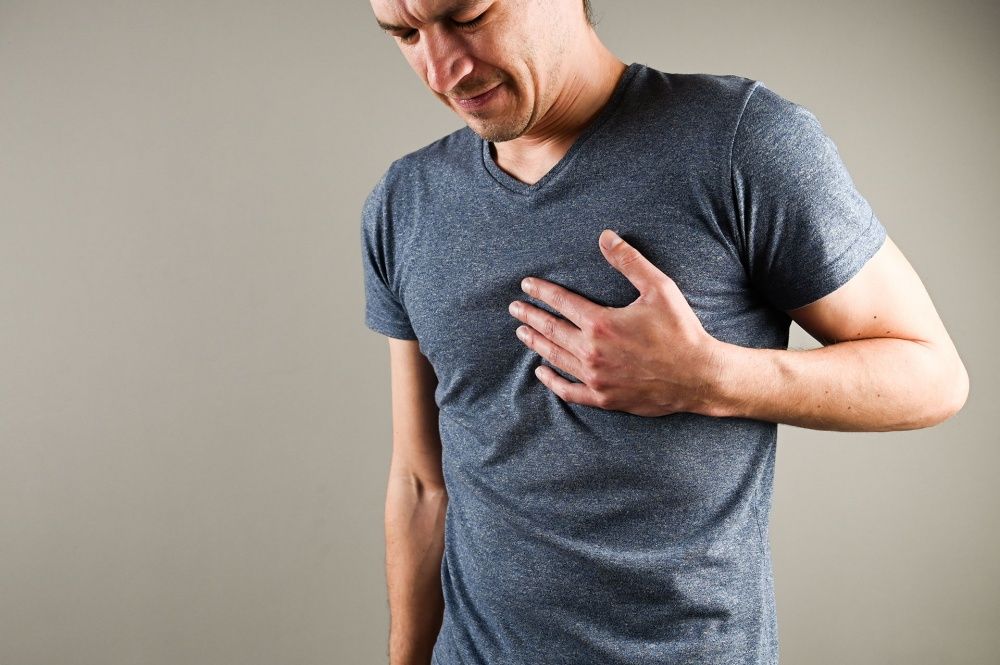The spike in cardiovascular deaths occurred during the first year of the COVID-19 pandemic. This is because this virus attacks the circulatory system, thus causing inflammation and clotting. For this reason, signs and symptoms should be taken seriously and medical care should not be delayed.
Cardiovascular Disease
Illnesses like high blood pressure, stroke, heart disease, and heart failure all fall into the category of cardiovascular diseases. Most people associate it with coronary artery disease and heart attacks, but it’s a much broader category than that, and these are only the most common illnesses.
Signs and Symptoms
The most common symptoms of cardiovascular disease are palpitations and various chest pains, such as burning, aching, pressure, or discomfort. Some people confuse these different types of discomforts with temporary conditions and take them for granted. However, if the pain persists, especially if it occurs at rest and doesn’t disappear after a couple of minutes, it can be an indication of a heart attack.
This can potentially be a life-threatening issue and something that requires urgent medical care. Moreover, pains in leg muscles while walking are also common symptoms. There are also some atypical symptoms, but these common ones are what should be taken most seriously.
The Prevention
There are some quite straightforward prevention tips anyone should try to practice. Smoking should be avoided, and blood pressure and cholesterol should be monitored. Of course, a balanced diet and physical exercise are of great importance, as well as maintaining a healthy weight.

